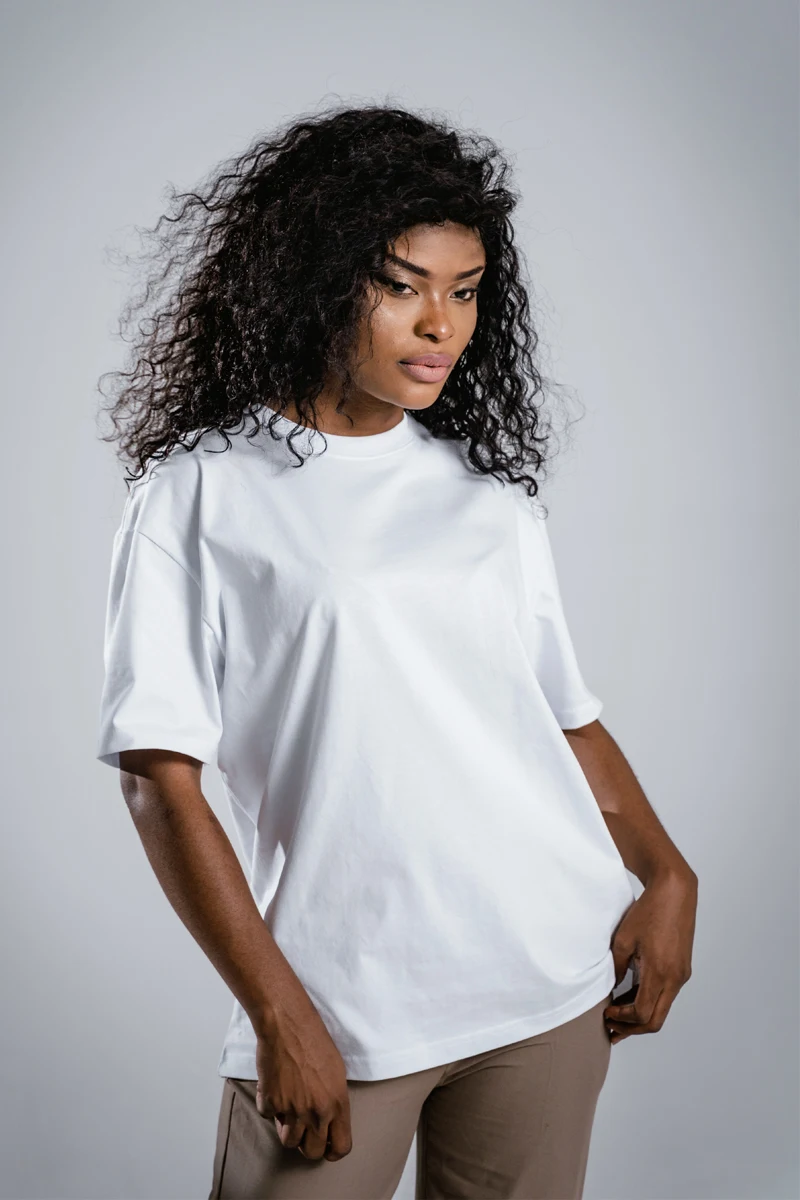All photos: Mart Production
We’ve all put on a cotton t-shirt at least once in our lives, and chances are that you’ve got a couple in your drawer right now. They’re often given away as promotional items and are a great way for the wearer to express their interests, views, and creativity. Because t-shirts are such a mainstay in so many people’s lives, most of us never question where they come from or how they’re made. T-shirts are just another common everyday thing that doesn’t require much thought. But learning how they’re made just might make them feel a little less common or better appreciate them.
- Cotton is a Plant
A 100% cotton T shirt always starts off as a seed, a cotton seed. Once the seed has been planted, it will take about 100 to 120 days for this beautiful plant to grow to maturity and produce bolls. Each plant will produce quite a few cotton bolls, and inside each boll are as many as a dozen seeds. Most cotton farmers will harvest these bolls using a cotton gin. It’s a machine that will harvest and separate the seed and chaff from the cotton fibers.
- Looming
Fresh off the plant, cotton fibers are fairly tightly compacted. According to the specific variety of cotton, these fibers may be longer or stronger. For instance, pima cotton is known for its longer fibers and softer, more luxe feel.
Once the cotton fibers are harvested, they are carded, blended, and combed. This process stretches out the fibers, gets rid of any missed debris, and gets it ready to turn into something more recognizable, like yarn or thread. It can now move on to the looms and be spun into a workable thread that can be woven into the textile we are more familiar with seeing.
- Processing
The raw textile gets prepared, colored, and finished during processing. It gets finished with chemicals and heat to get it to the desired color, softness, and print. This is often called wet processing because many of these processes require the cotton textile to be wet or submerged. Once the cotton has been processed and dried, it’s spun onto large rolls and shipped.
- Styling, Cutting, and Assembling
At t-shirt factories, the rolls of fabric are cut according to the specified design and sizing. Seamstresses will affix the front and back of the shirt, and sew on any sleeves, trim, pockets, and any other embellishments that are part of the design.
Sometimes machines take care of all the assembling, and a human is only needed to arrange the fabric and the machine's settings, and the machine takes care of the rest of the assembly. Labels are affixed, and then the t-shirts are ready to be shipped to stores, designers, and other commercial outlets.
The Takeaway...
The journey from seed to t-shirt can be a very involved process, but it moves fairly quickly once the cotton is harvested from the plant. By the time your new stylish tee goes over your head, it’s been touched by many hands and machines, not just the person who printed the design on it. Such an elaborate, long process, required to create a simple cotton t-shirt from scratch, surely deserves a word of appreciation from all the consumers. Do you agree?
Lots of love,
Liz








